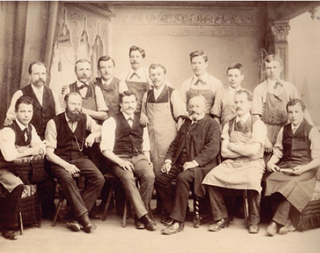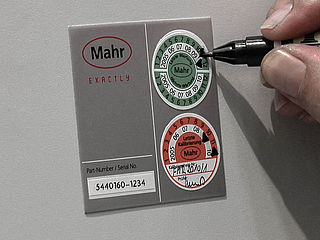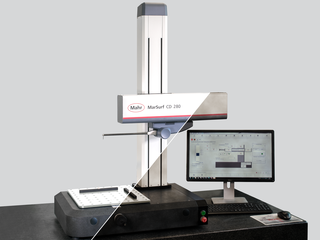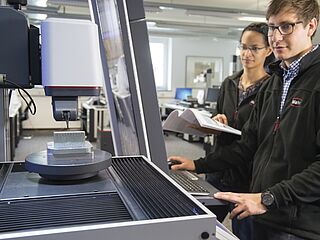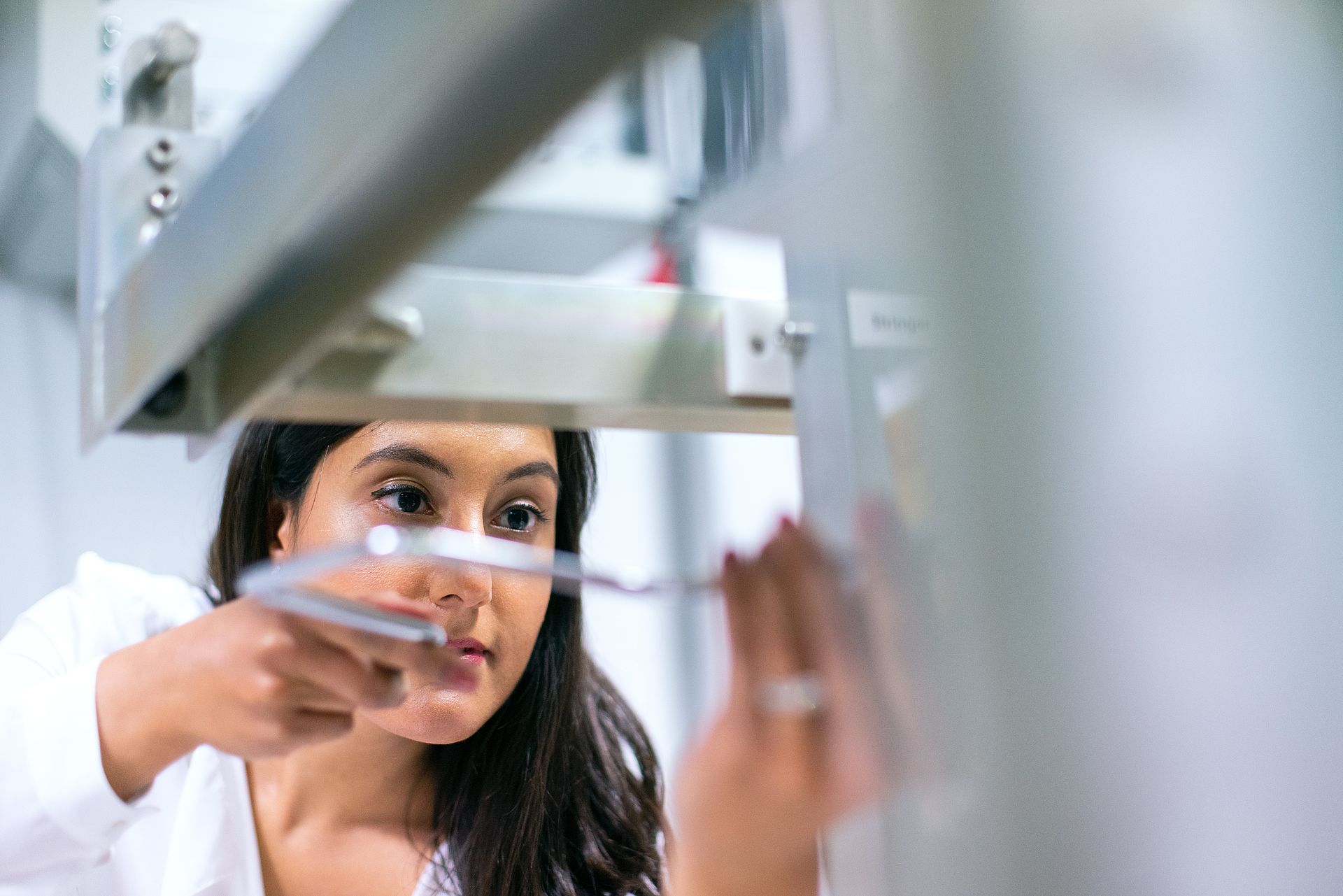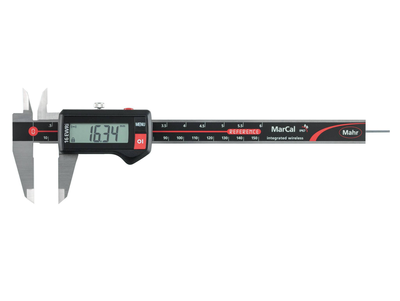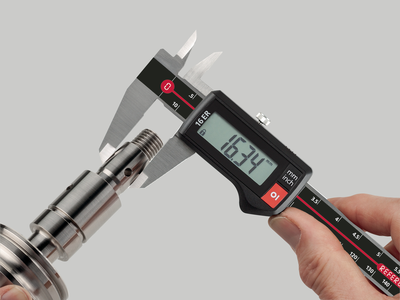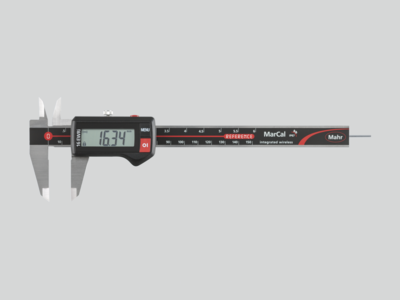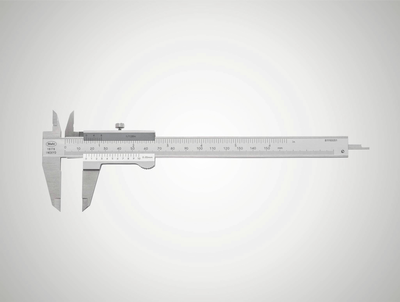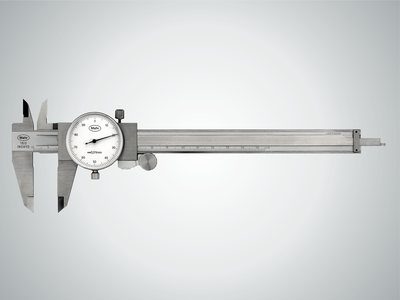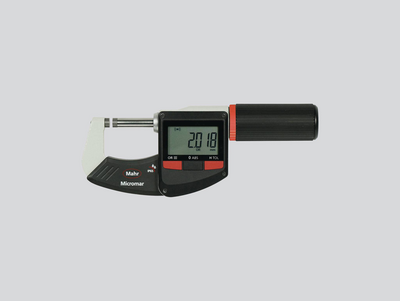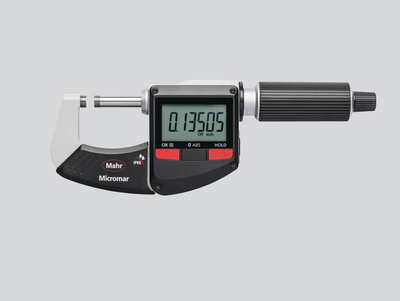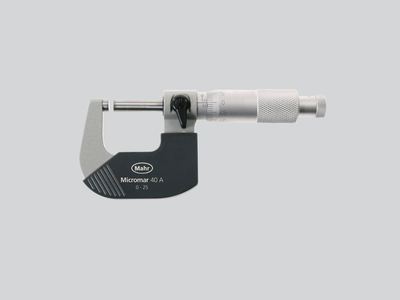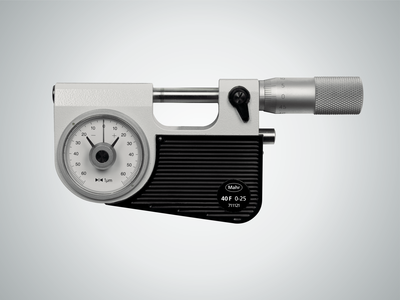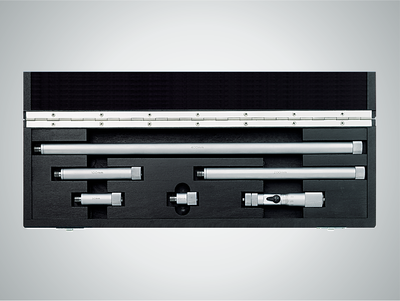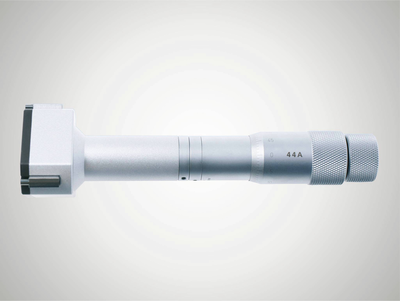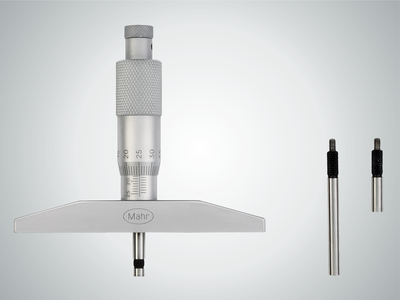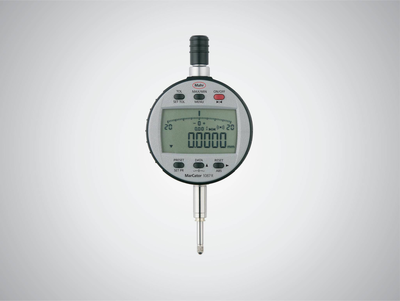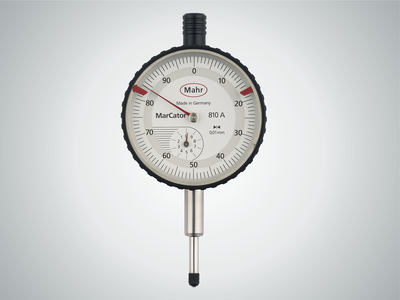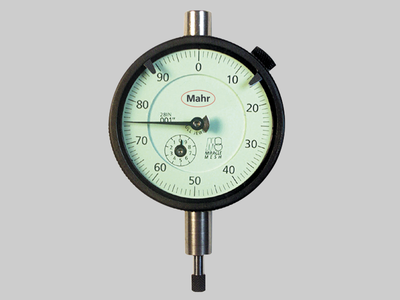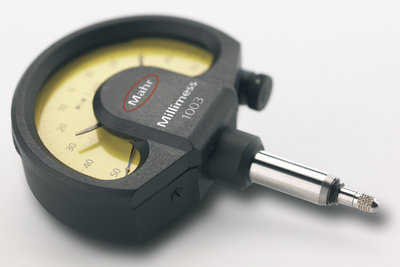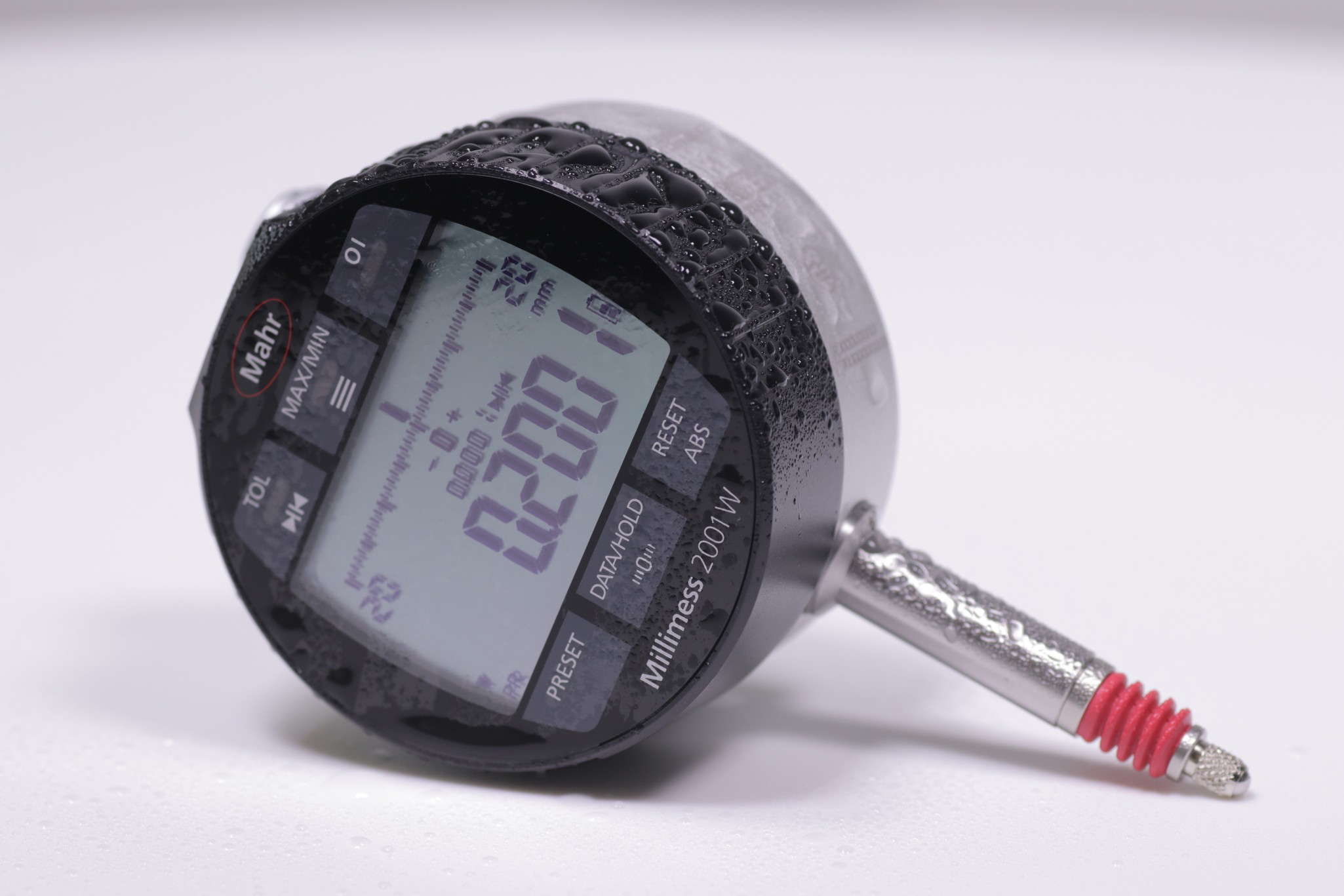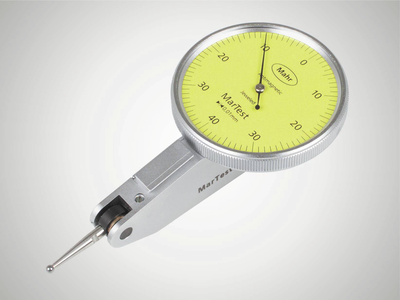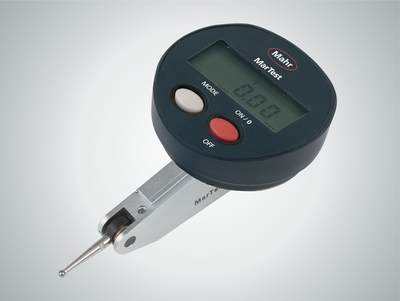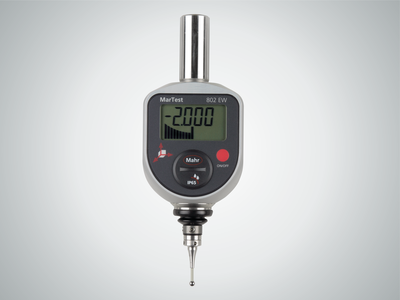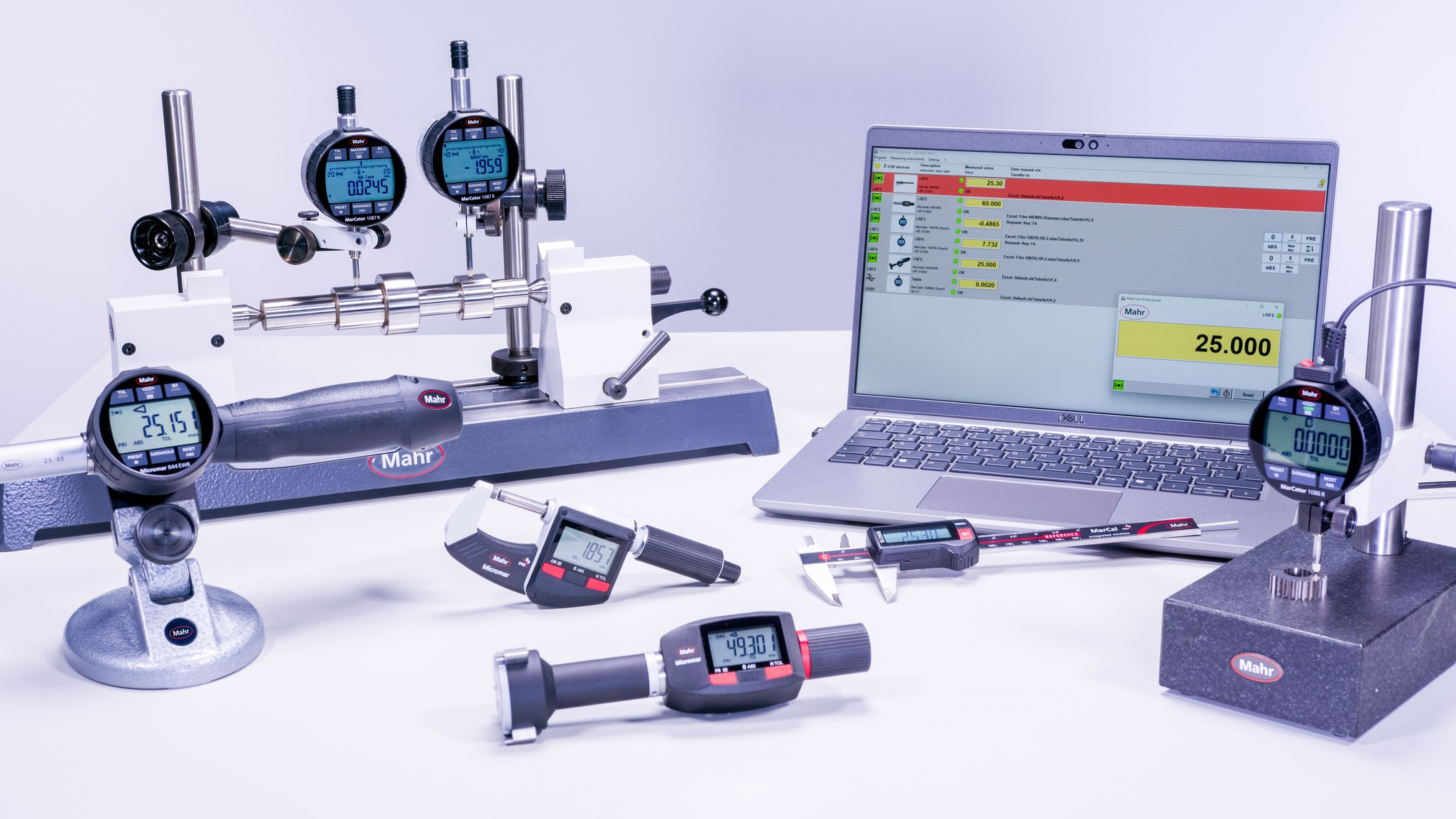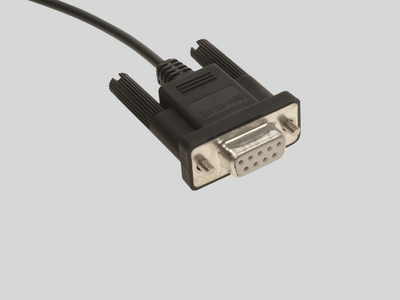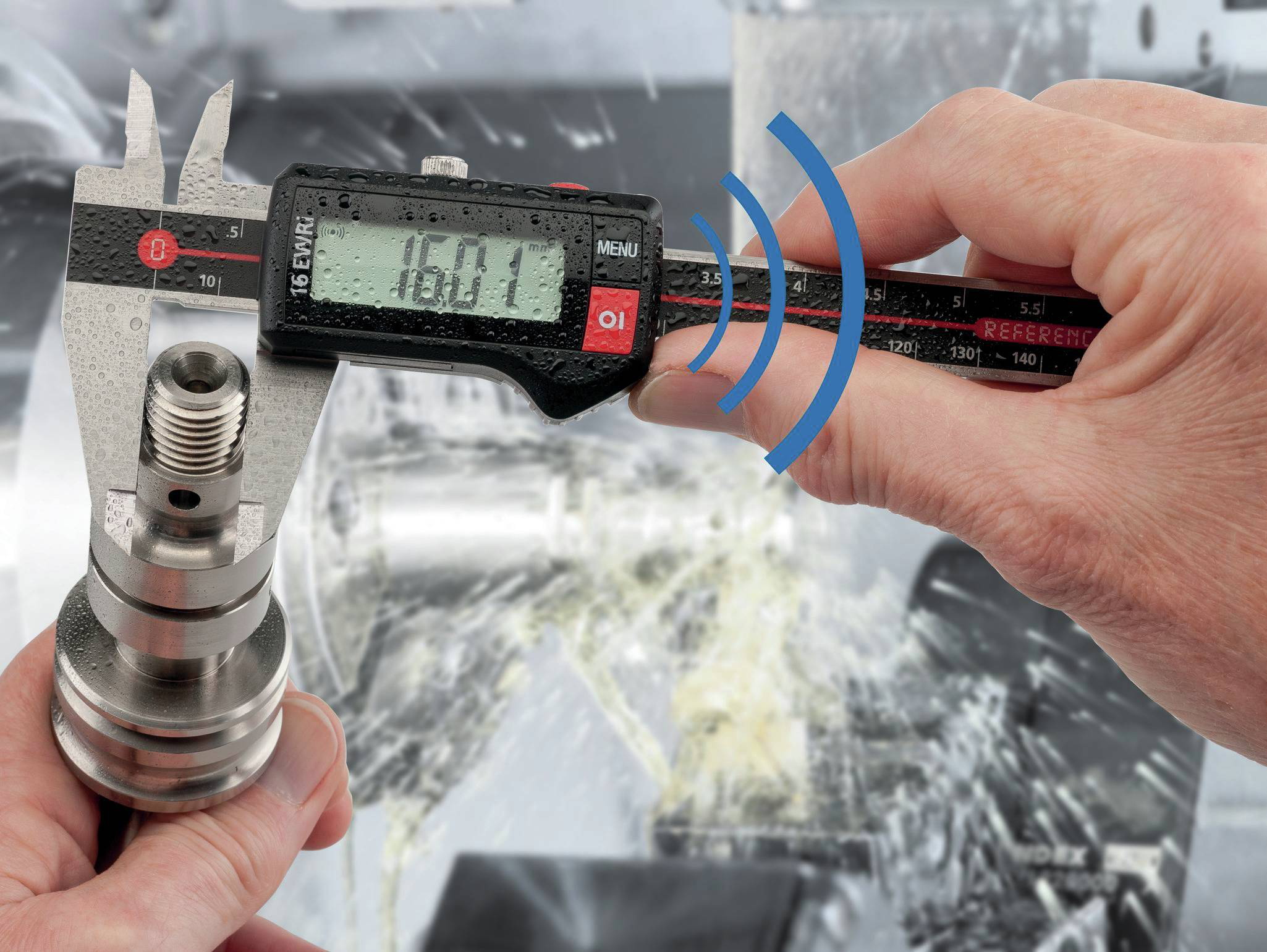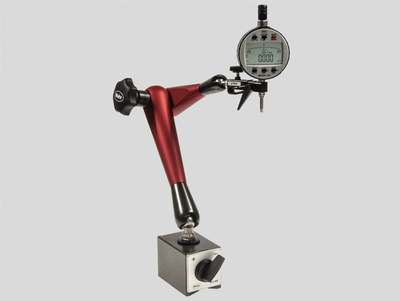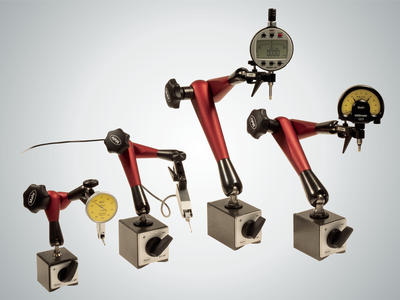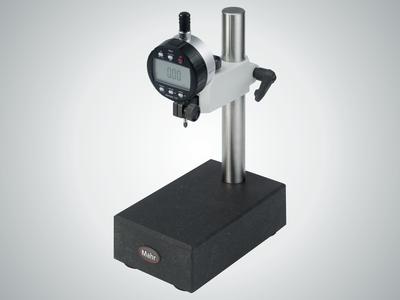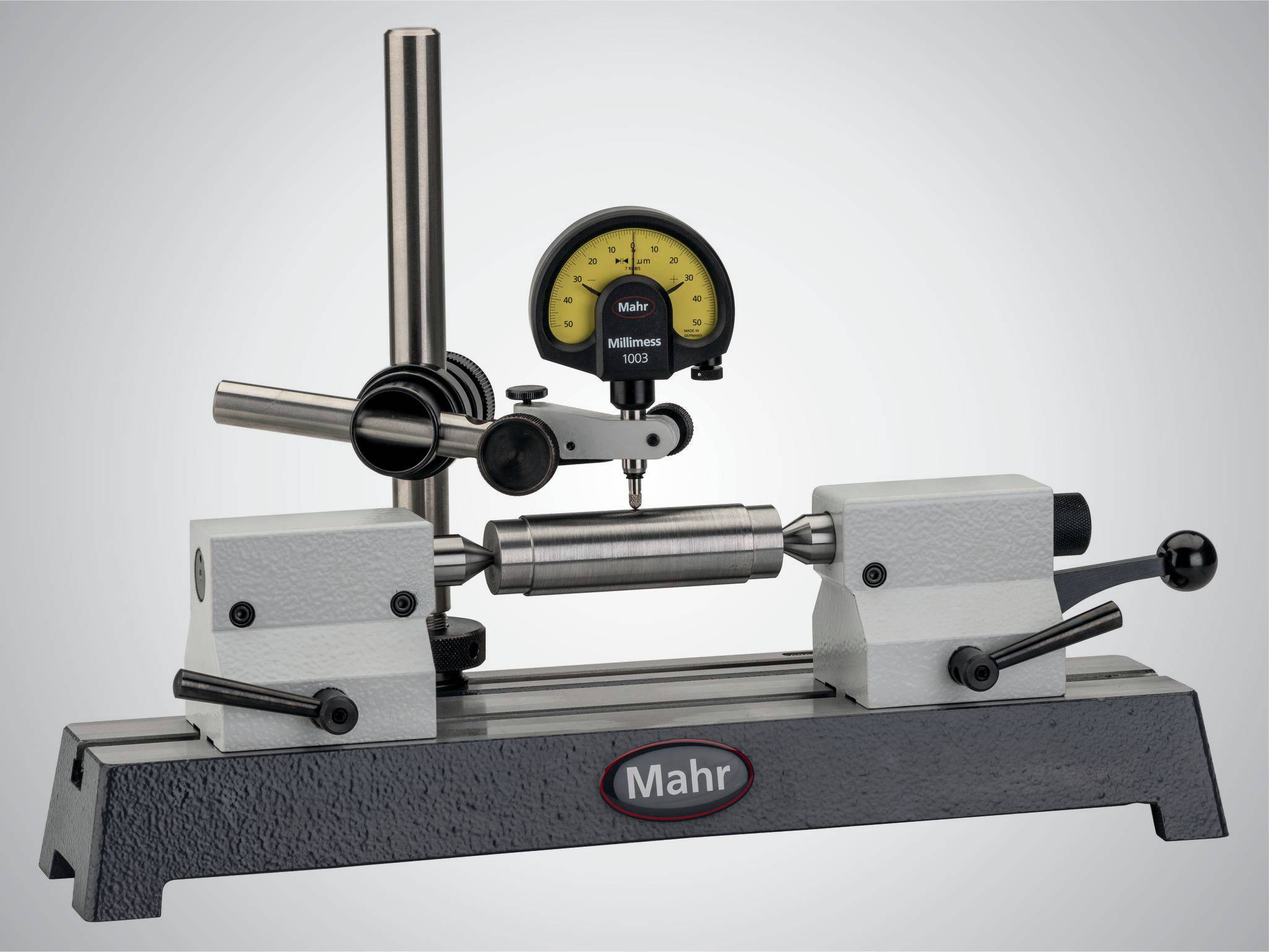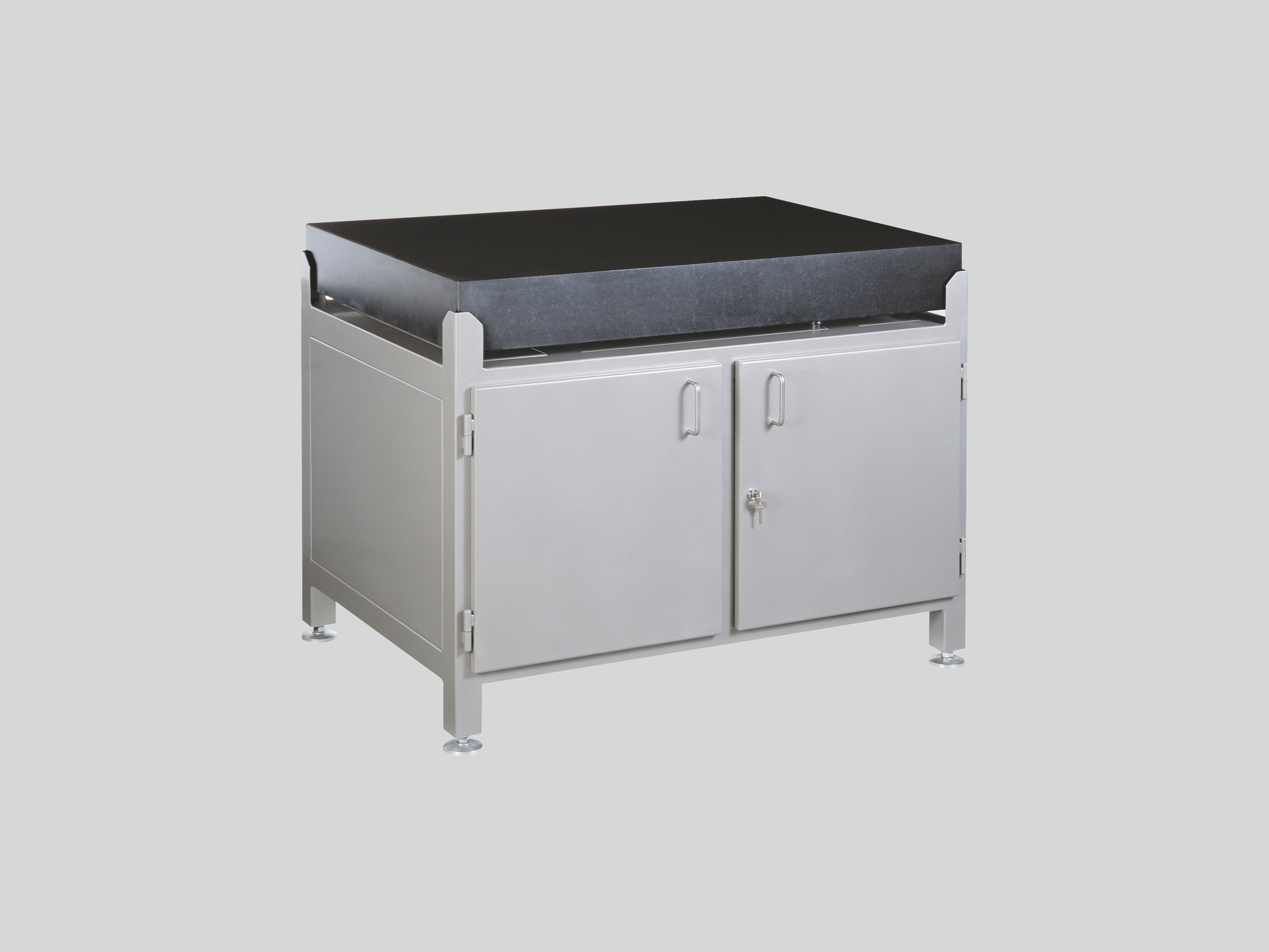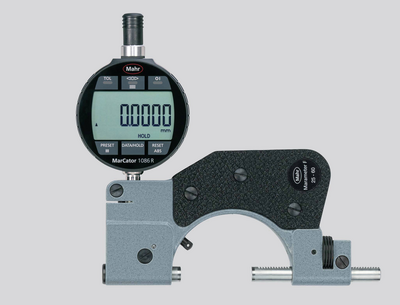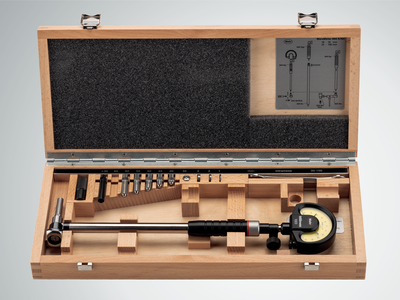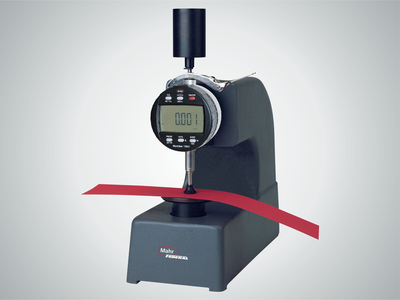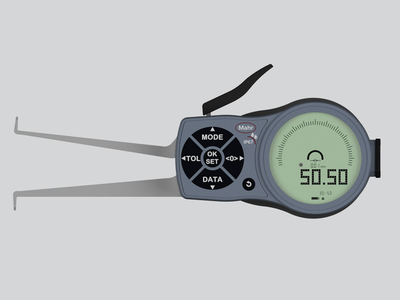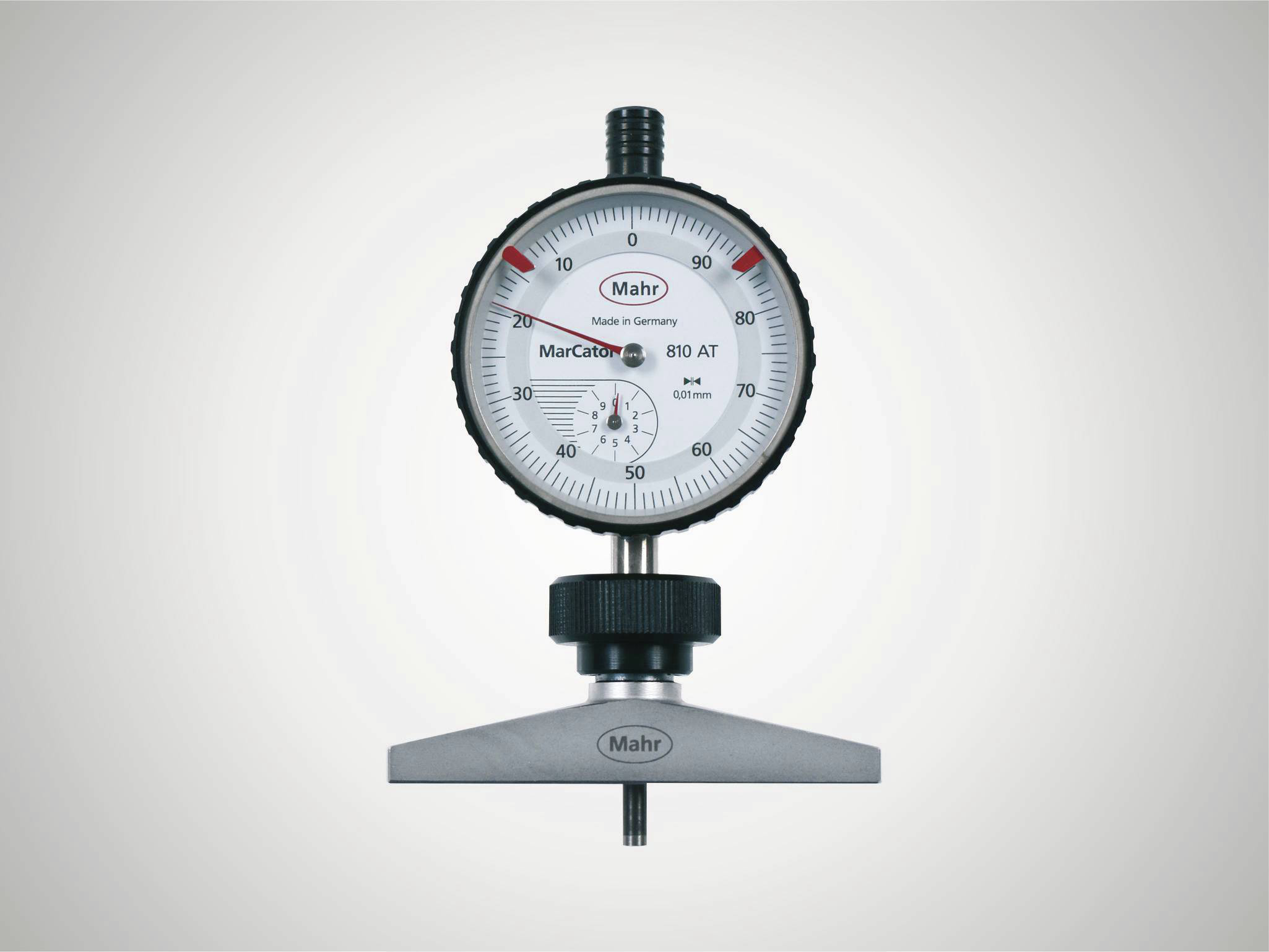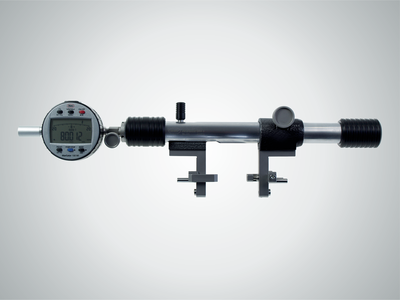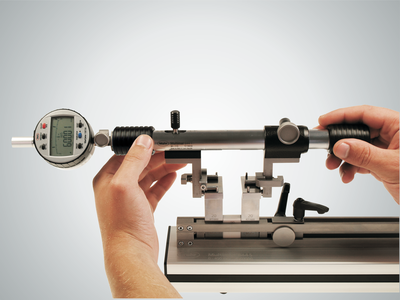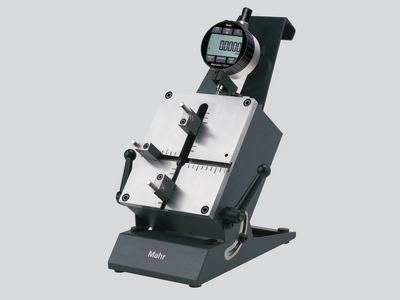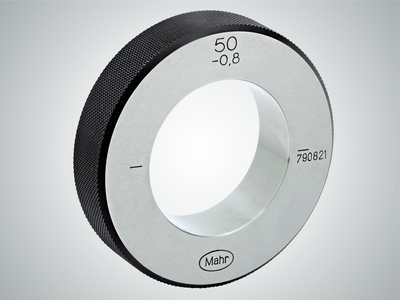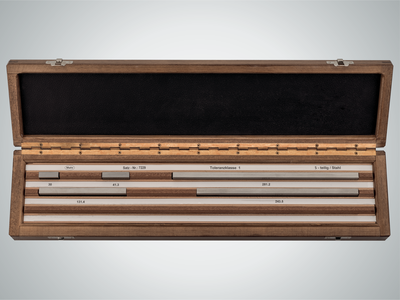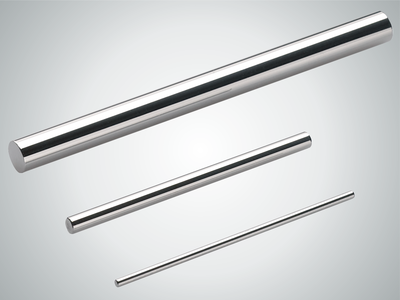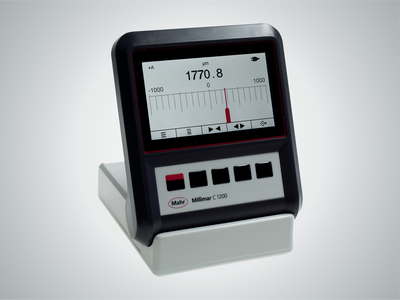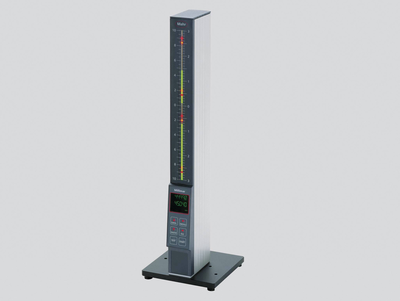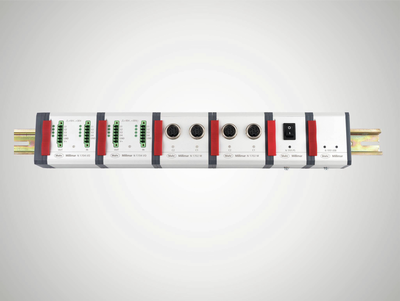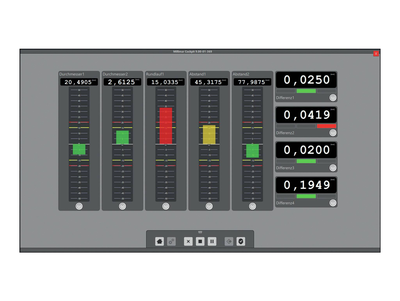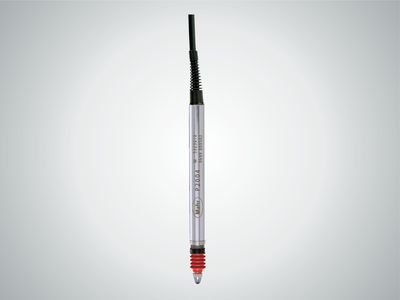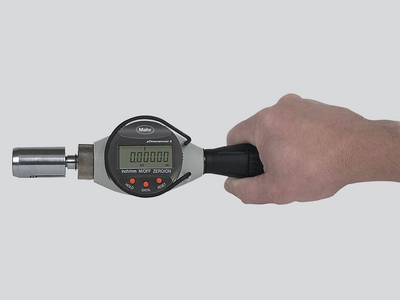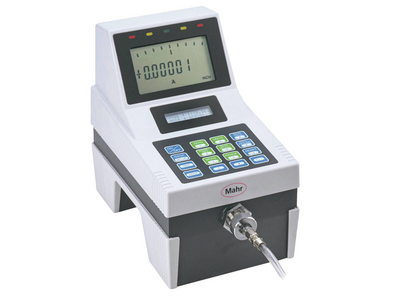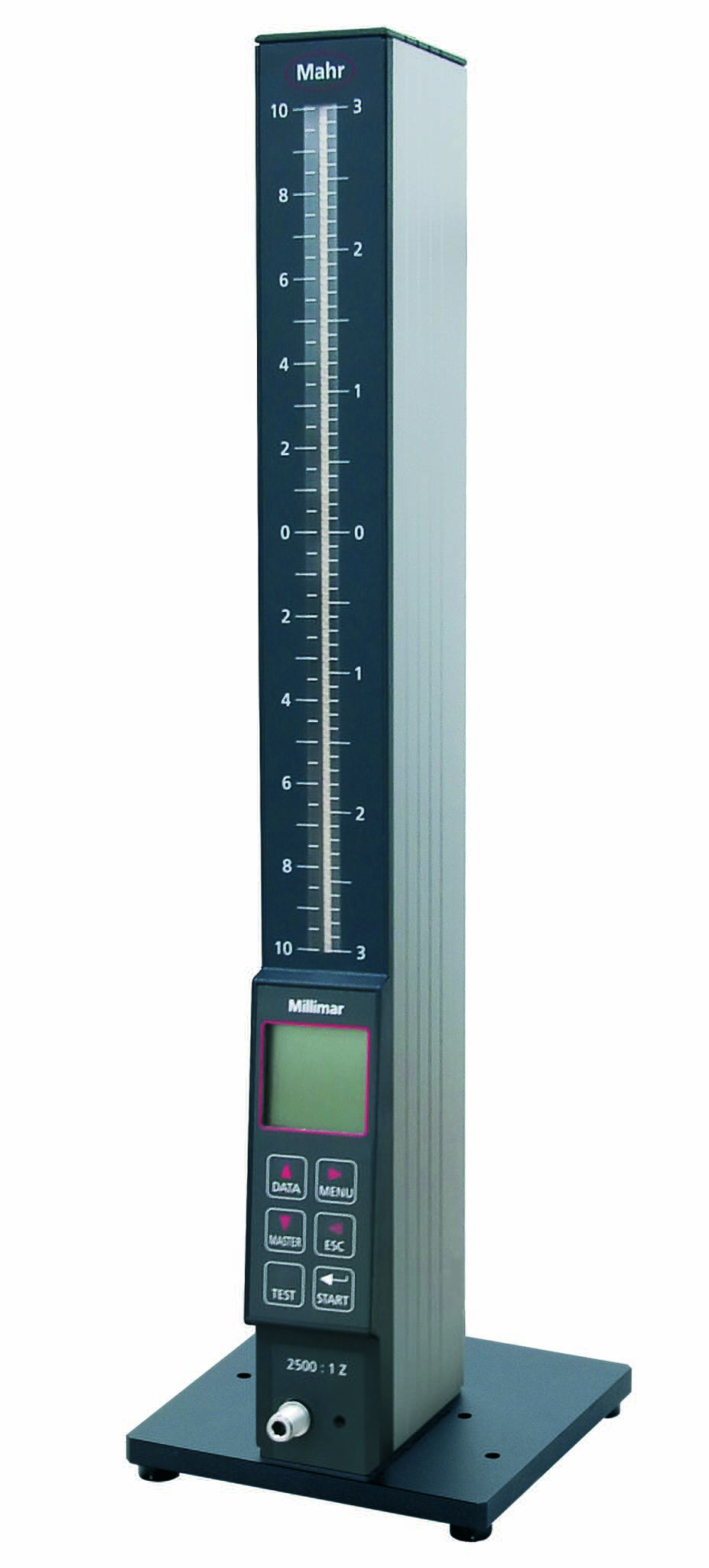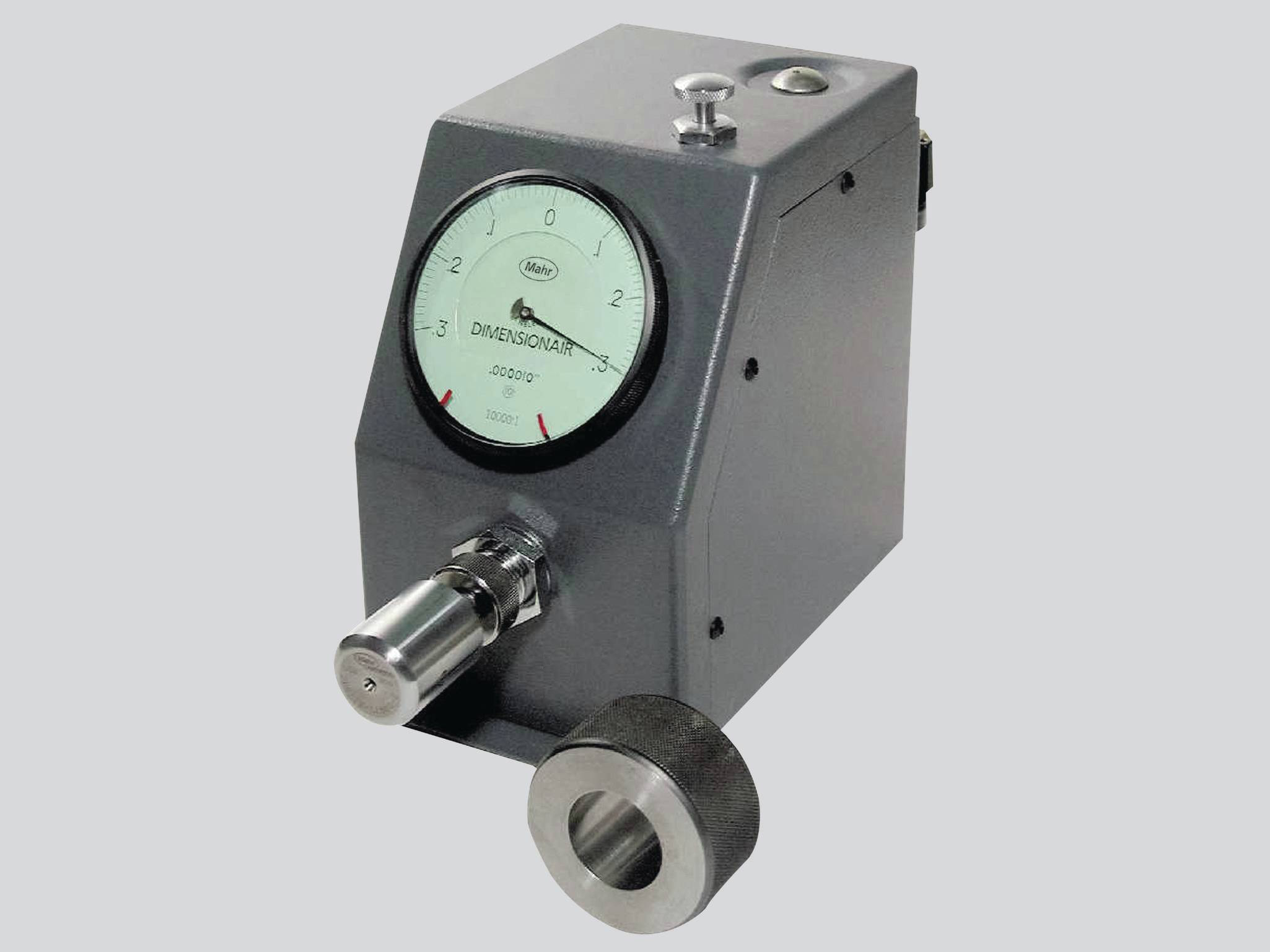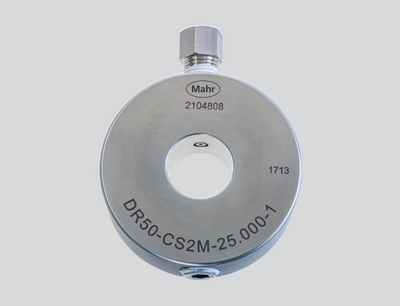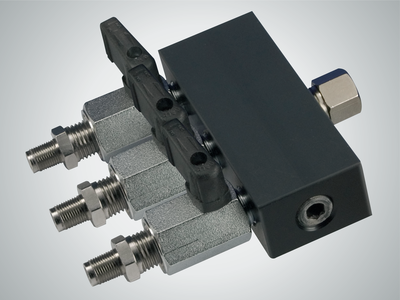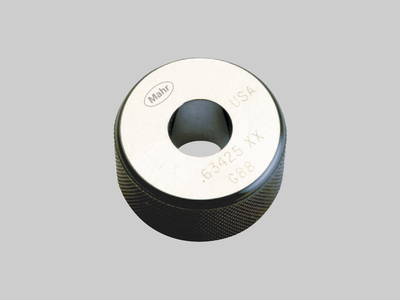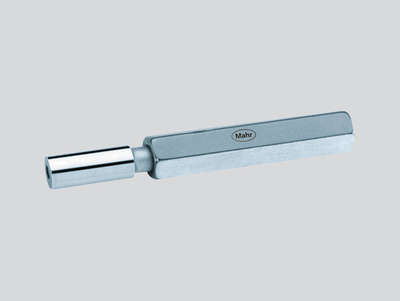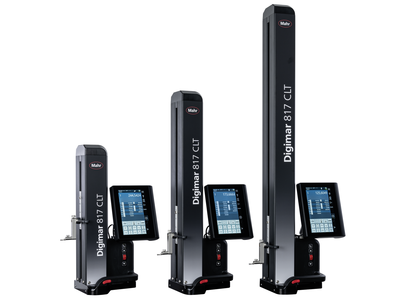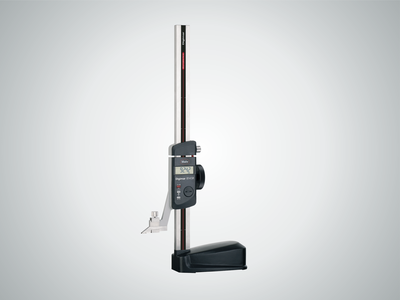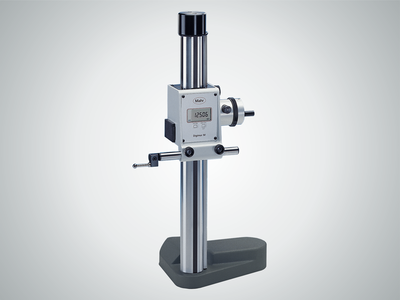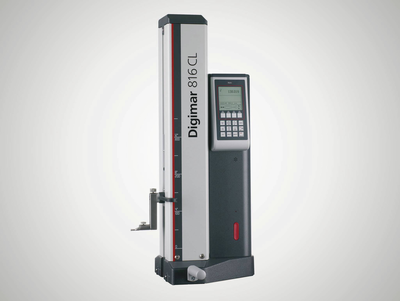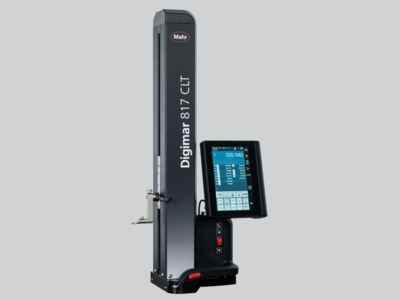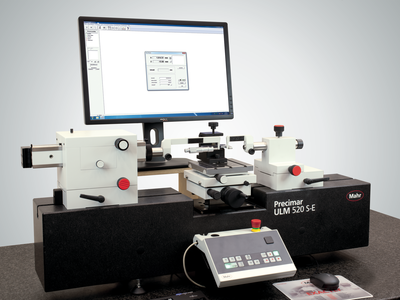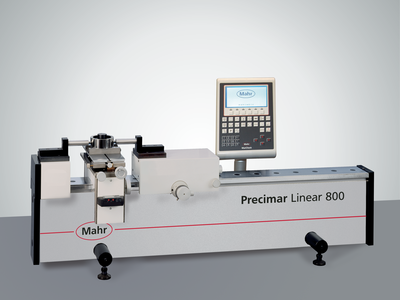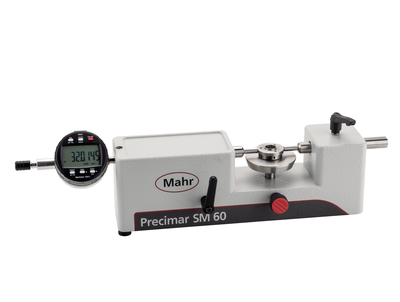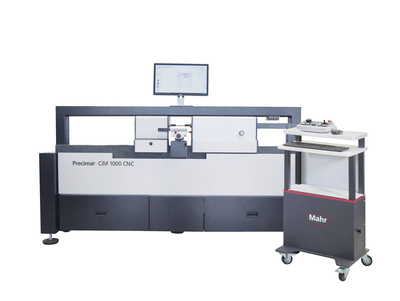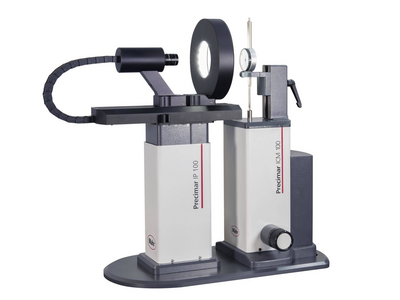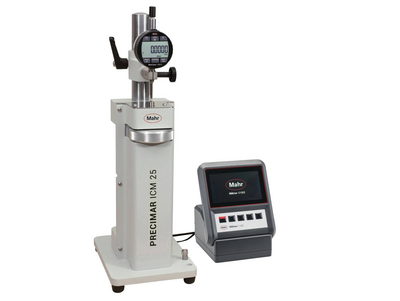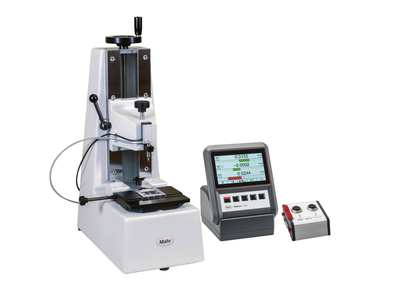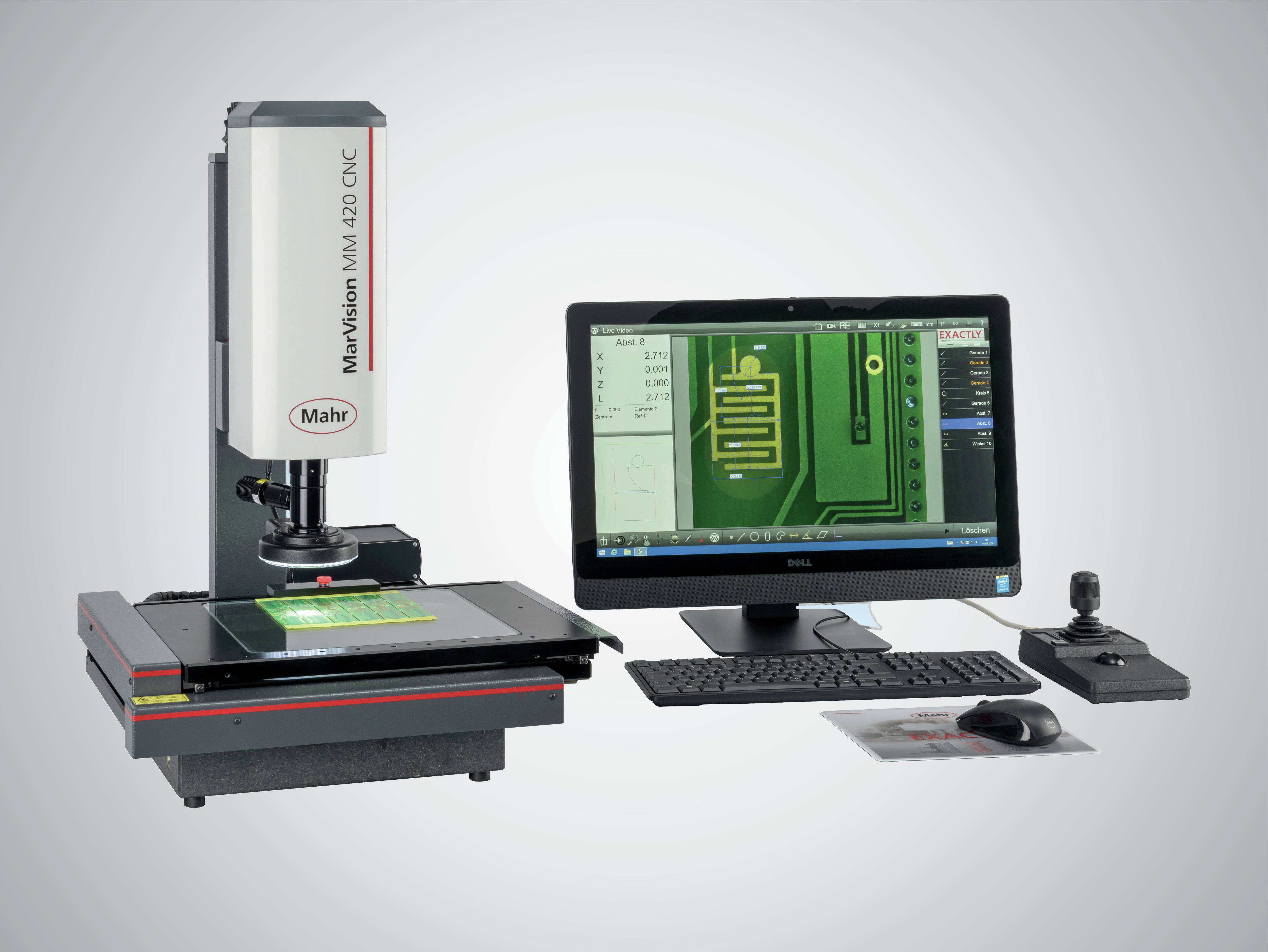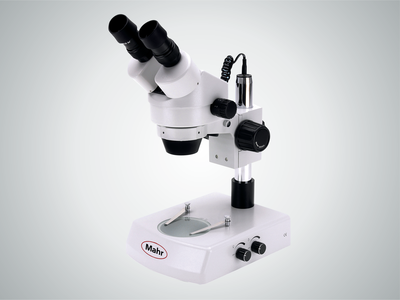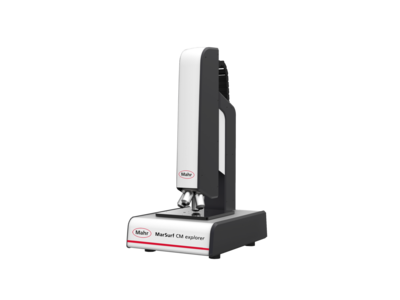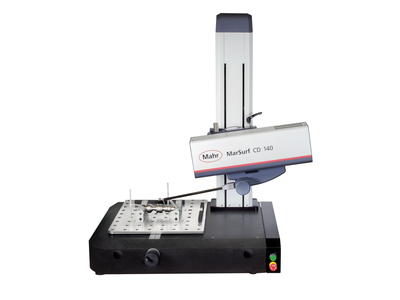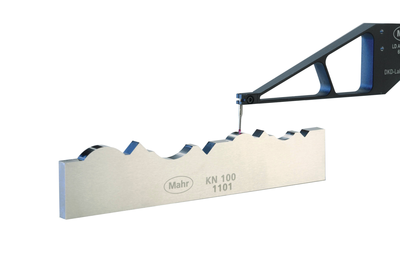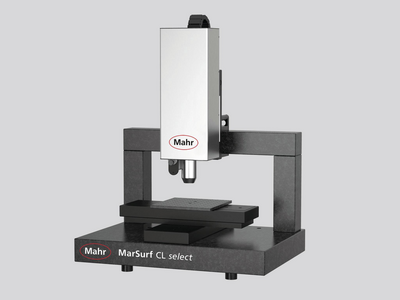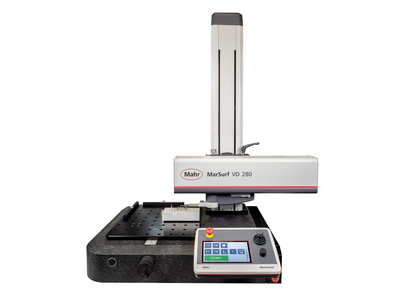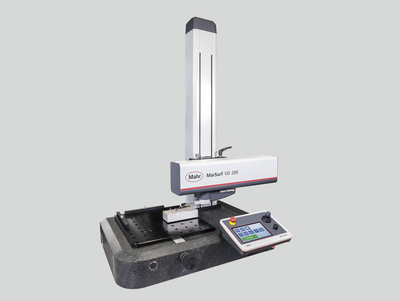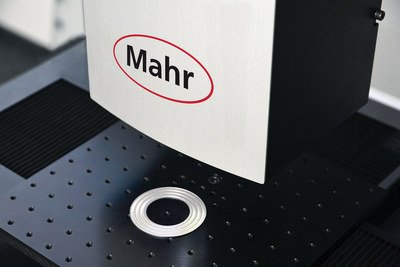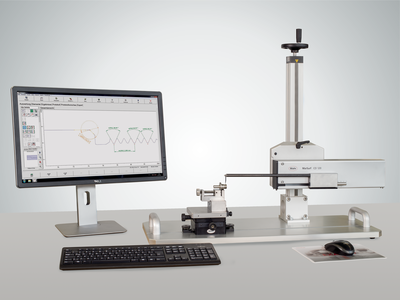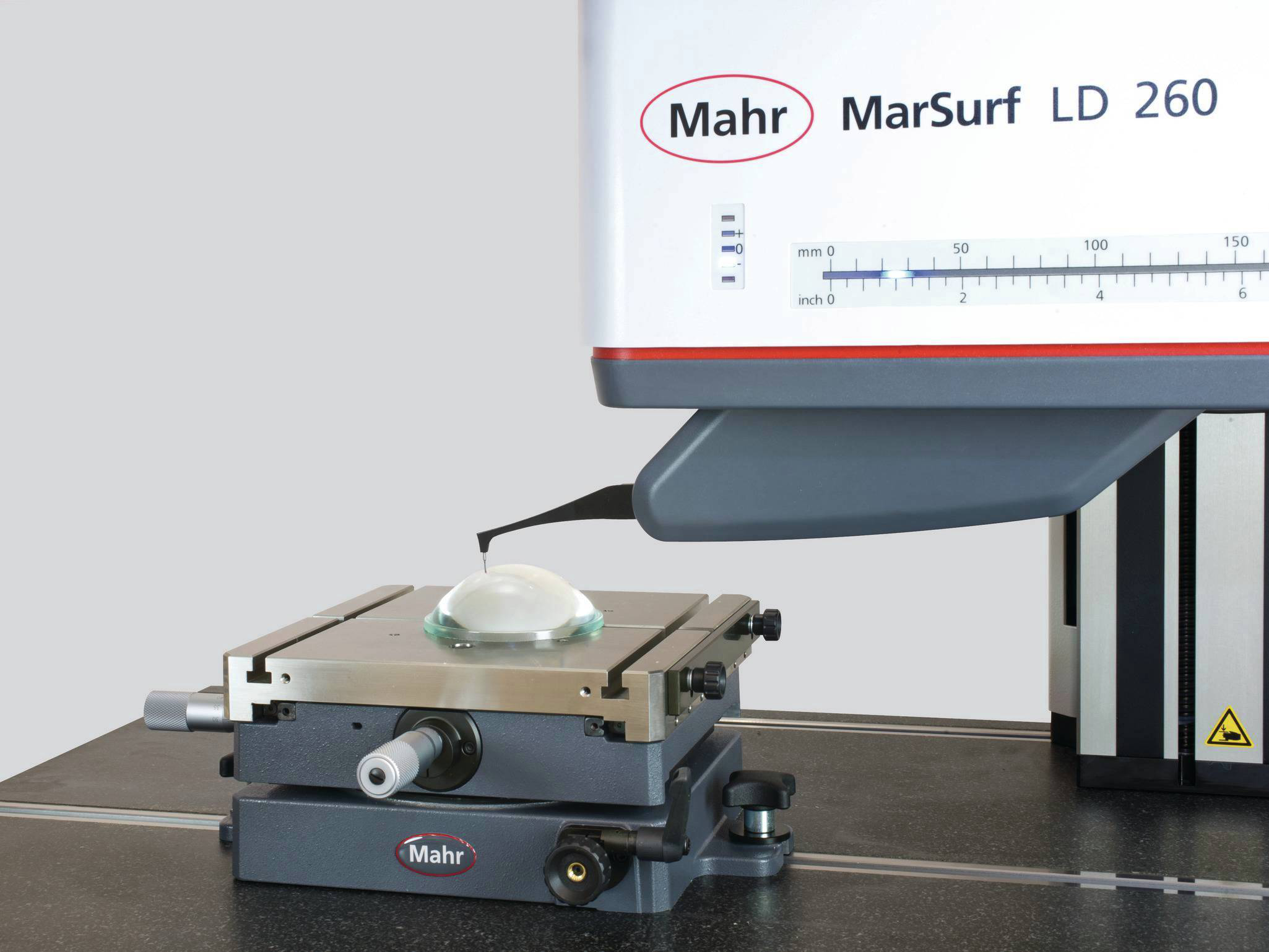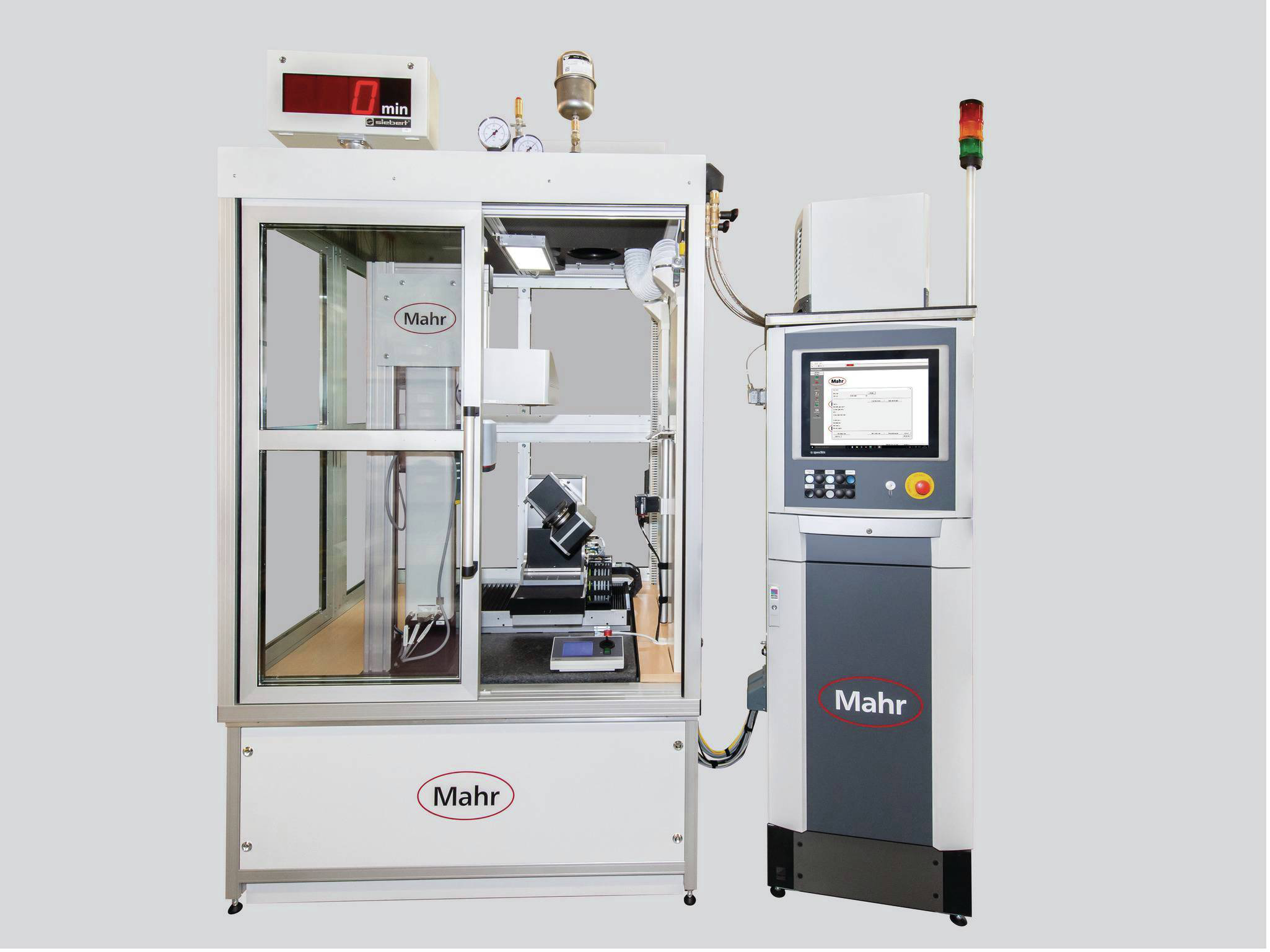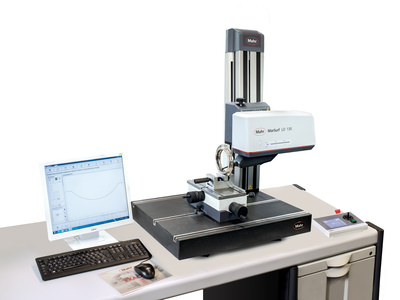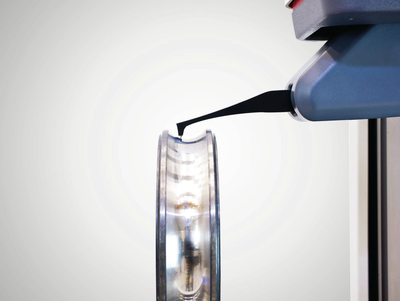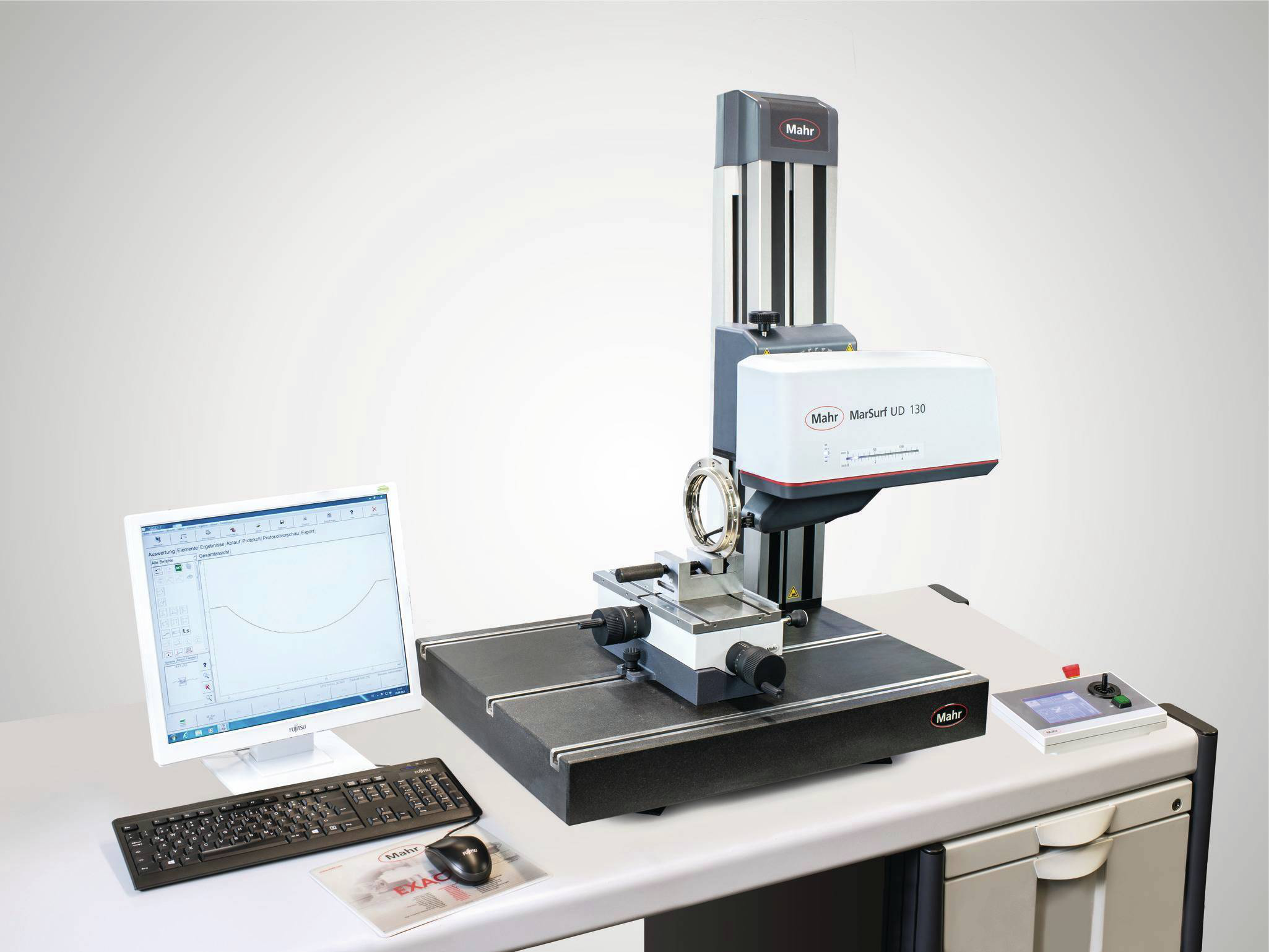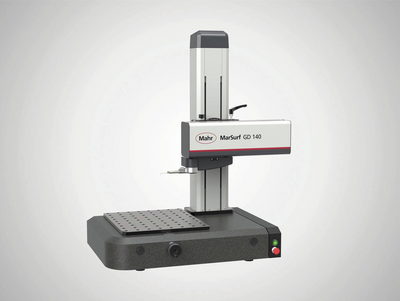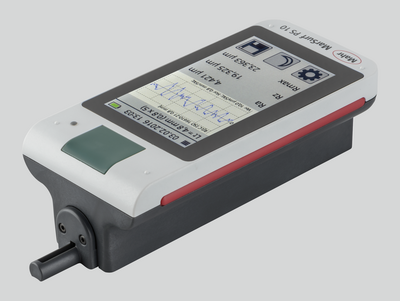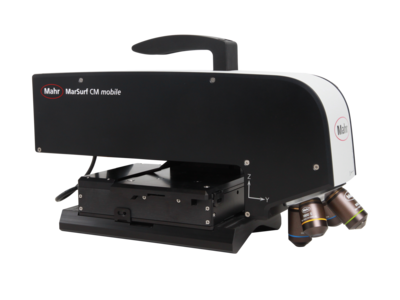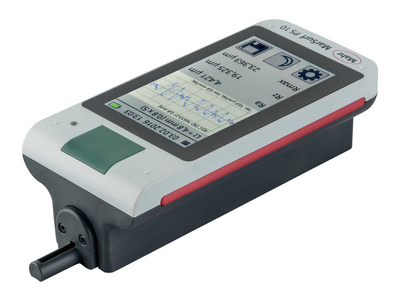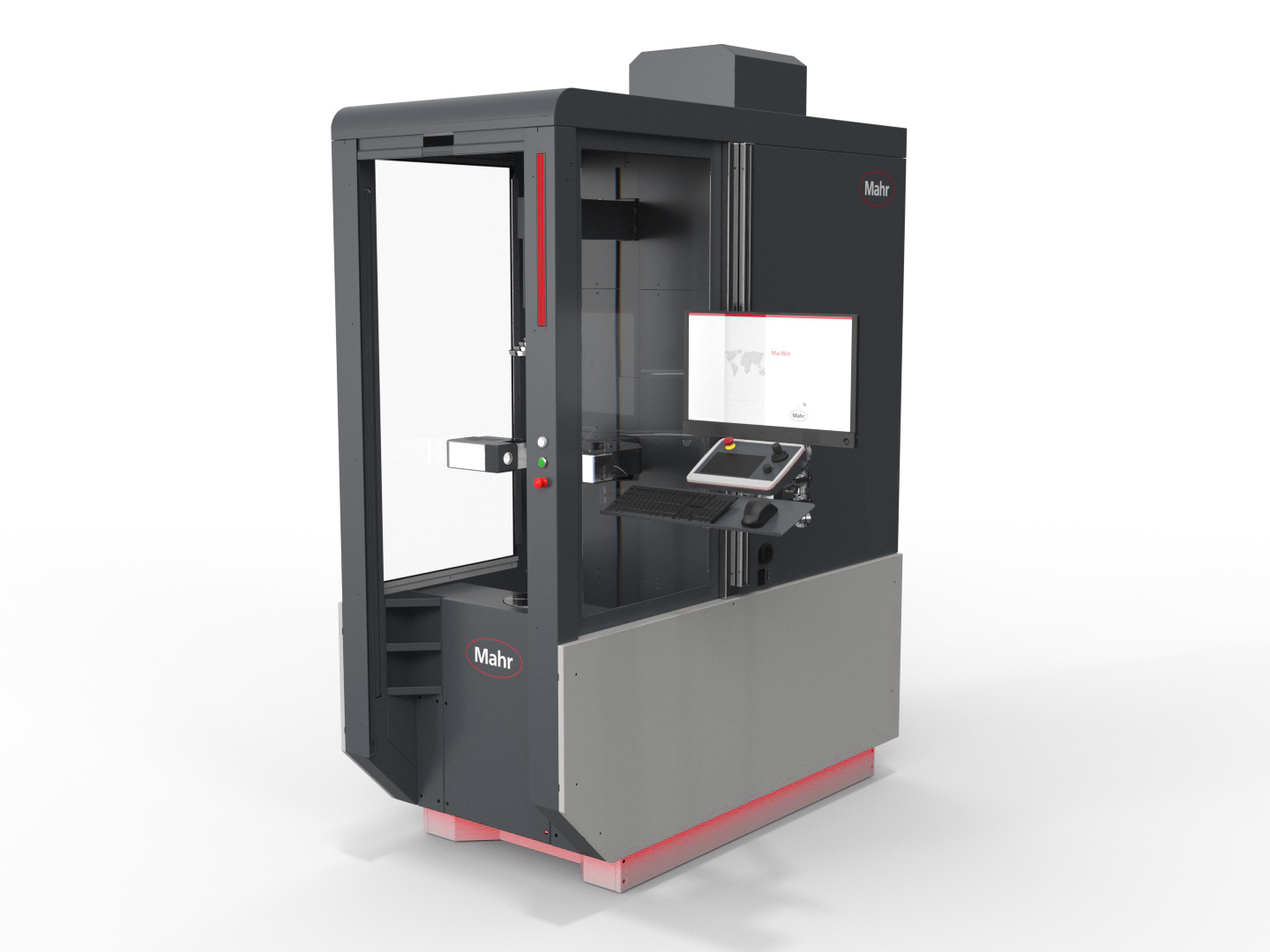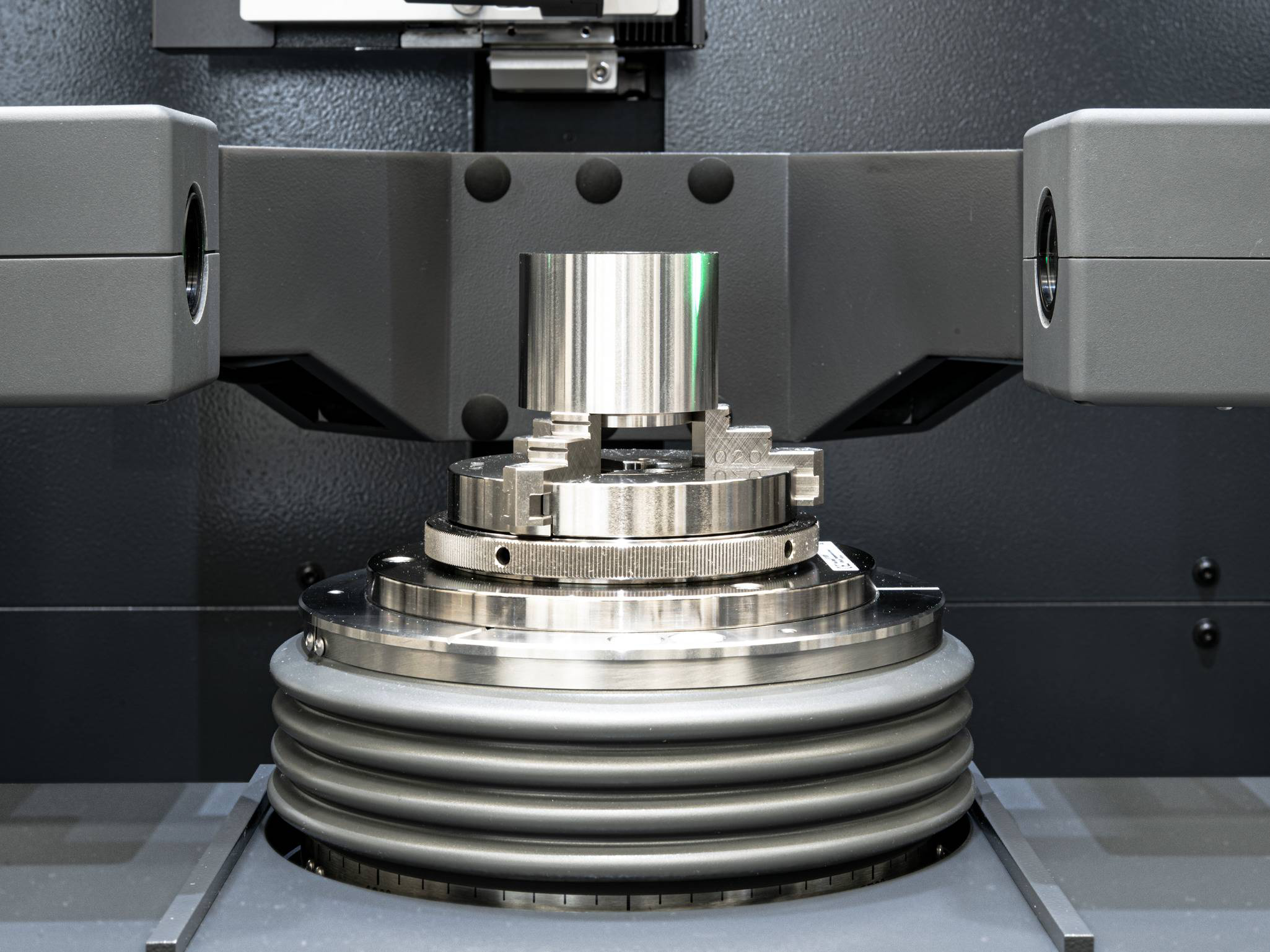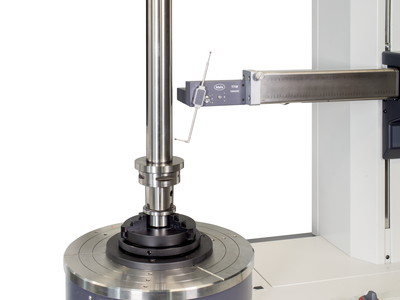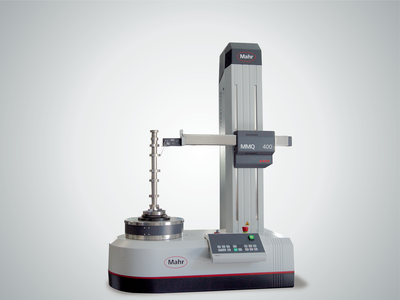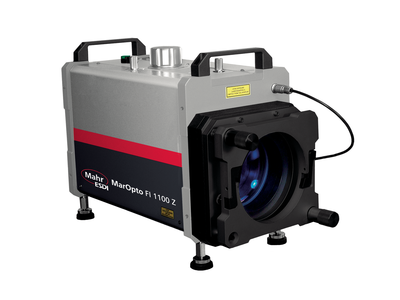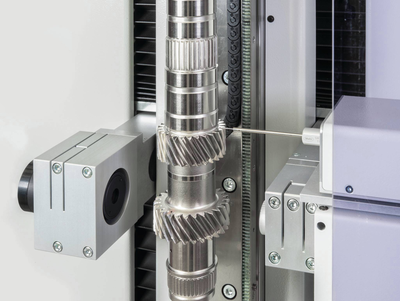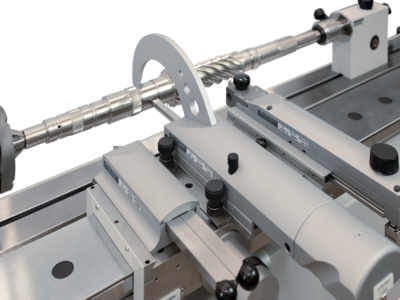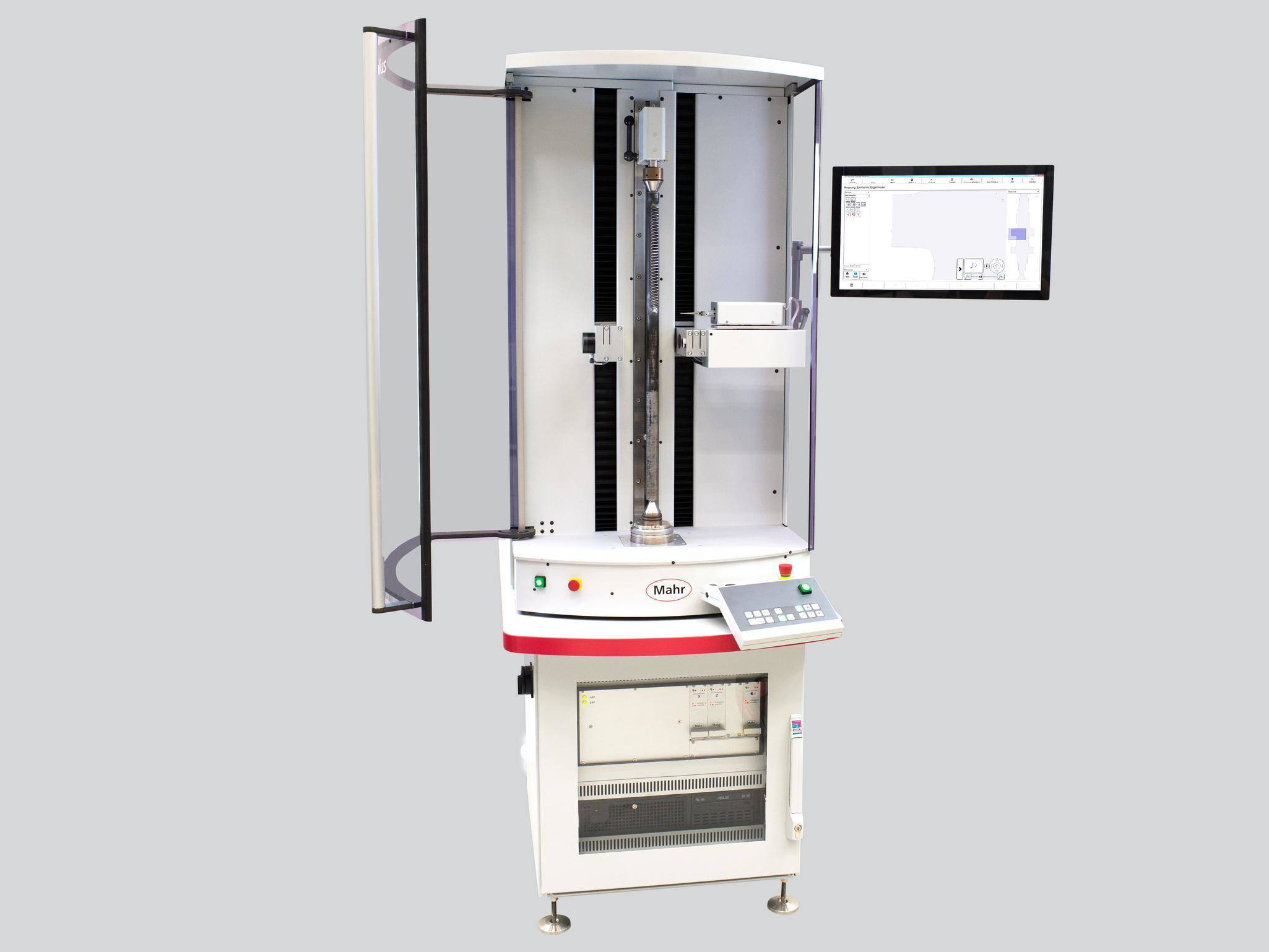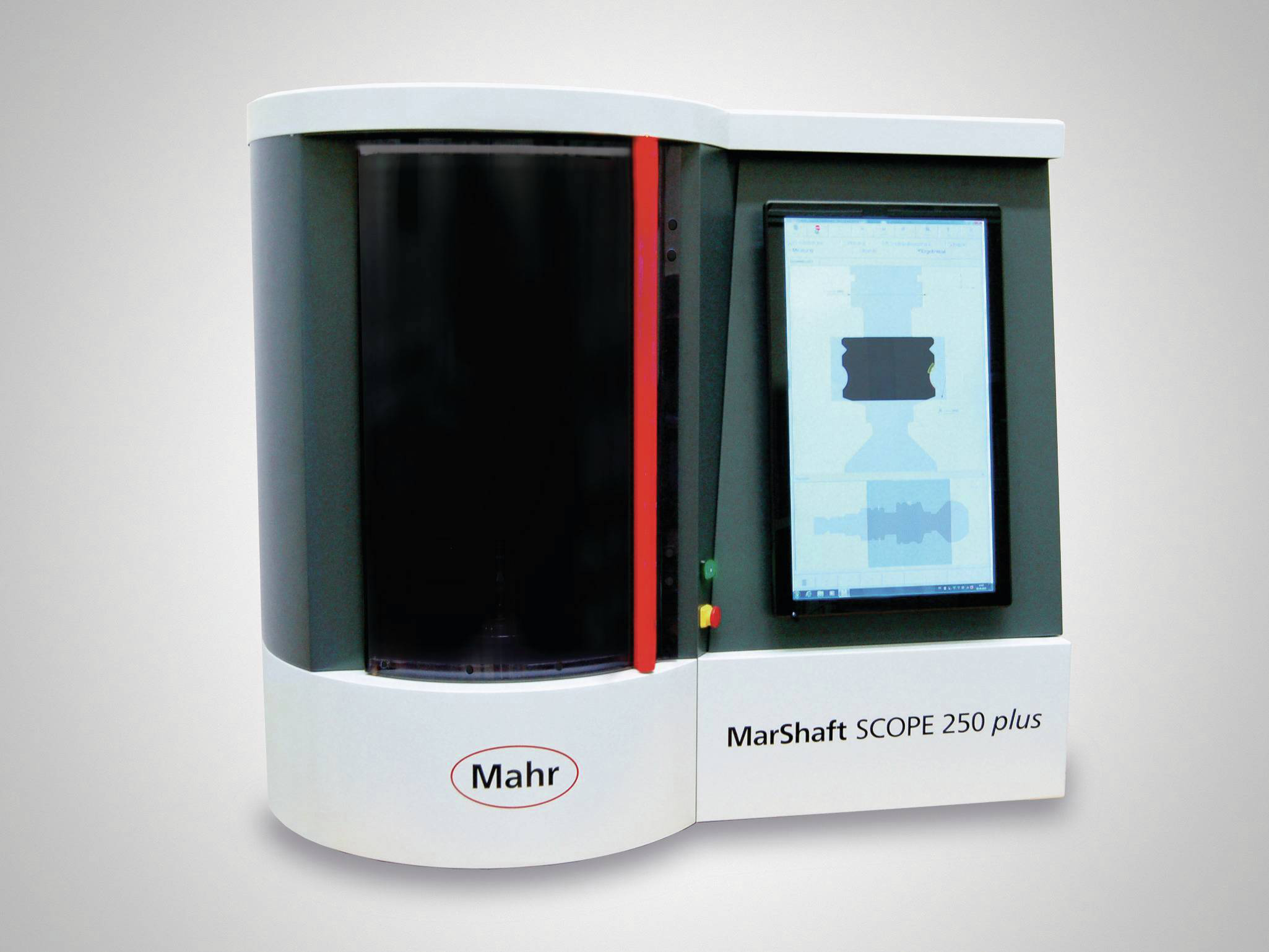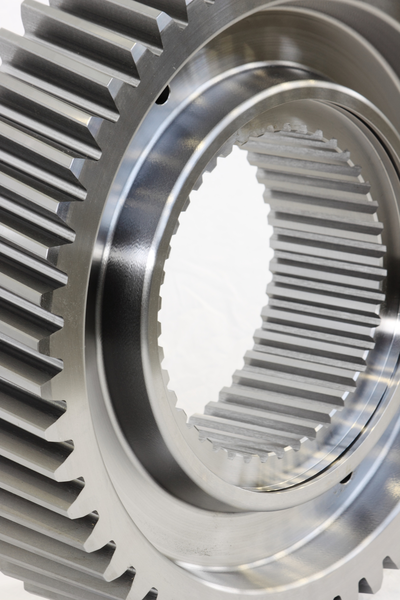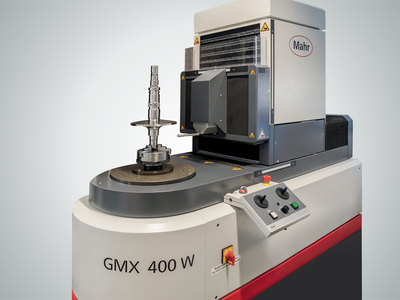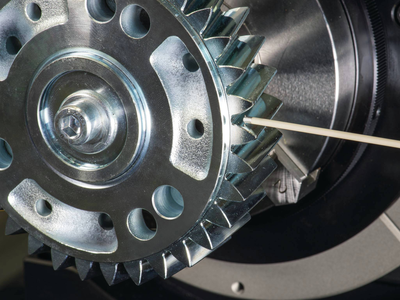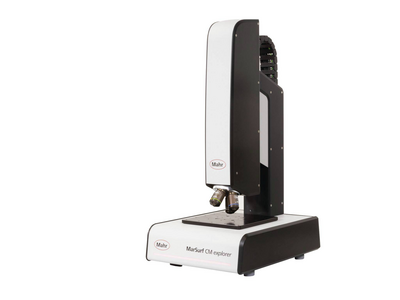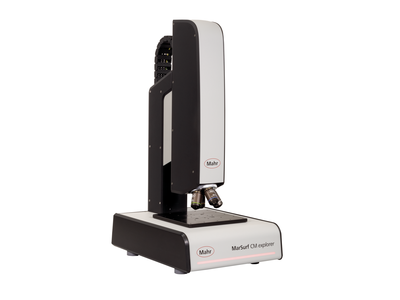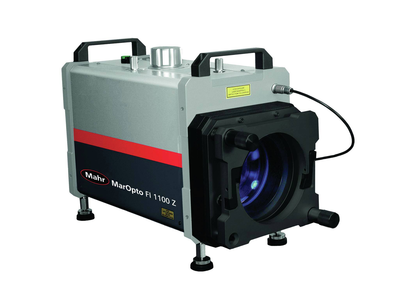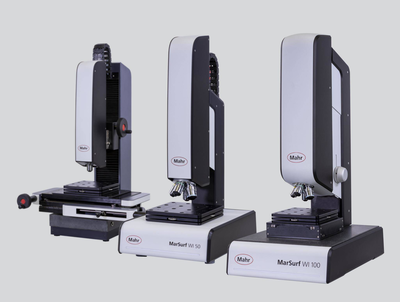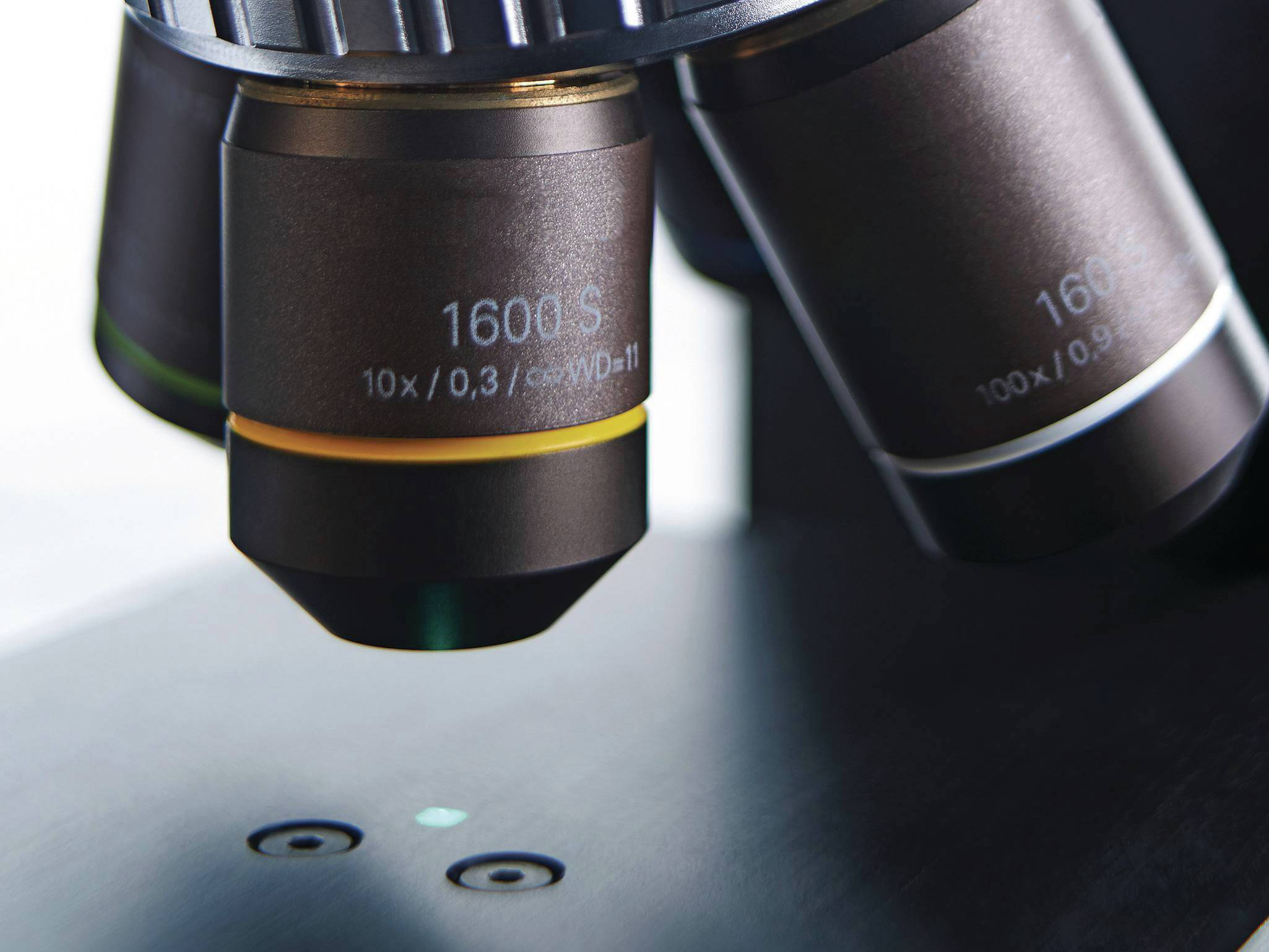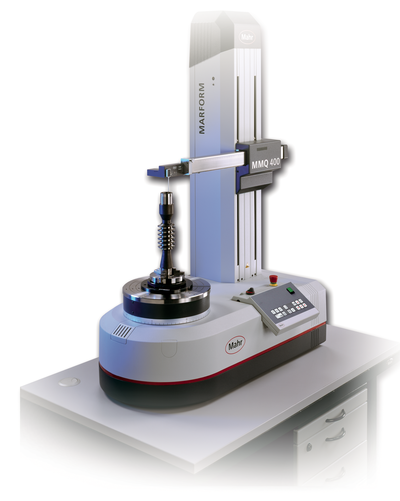As ever more technical products make the need for precision even more profound, a similar shift is now under way, toward millionth-measurements. This time, our gaging methods will have to change radically.
Previously, we focused much of our attention on the gage itself: as long as the instrument was designed to the required degree of accuracy and maintained properly, we could usually get by, even at the "tenths" level. Now that we're trying to measure tolerances of 50, 30, or even 20 millionths, we must shift our focus to the measurement process and the environment in which it takes place. Where temperature and cleanliness were formerly somewhat abstract issues, they now become essential concerns.
According to the old gage-maker's 10:1 rule of thumb, when measuring tolerances of 30 millionths, the gage should demonstrate repeat accuracy of 3 millionths. But consider this: a difference of 1°F between the part, the master, and/or the gage can introduce an error of 3 millionths. In other words, if we don't control thermal influences, we give up all hope of repeatability.
Microinch gaging therefore must be performed in a controlled environment -- a special room that is thermally insulated from the shop floor. Temperature should be kept as close to 68°F as possible, and changes must not exceed 2°F per hour. When a part comes in from the shop, it should sit for several hours on a heat sink (a large steel plate), to bring it into equilibrium with the master and the gage before being measured. Even with all of these precautions, the gage should be mastered frequently.
The gage should be protected from the operator's body heat, and his breath, by a clear plastic shield or full enclosure. The operator should not touch the parts or masters directly: insulated tweezers, gloves, or similar measures should be employed.
Elaborate measures are also required to combat the problem of contamination. Relative humidity in the room should be kept below 50% to inhibit the formation of rust. Parts must be thoroughly cleaned of dirt and even thin oil films prior to gaging. The choice of cleaning solvent will vary with the application and may require some trial and error to ensure that the solvent itself doesn't leave a film. It will be necessary to regularly clean the entire gaging area, plus the gage and masters, to remove dust, skin oils, etc. Even the choice of furniture upholstery and the clothing worn by operators must be considered: natural fibers shed more dust than synthetics. The room should have an air lock, and unqualified personnel should be prohibited from entering. If there is a computer printer in the room, it should be in an enclosure, and single-sheet paper feeding should be used: paper dust may be released into the air when tearing continuous forms along their perforations.
At microinch tolerances, dimensions change so readily that it may be more practical to check part relationships (i.e., clearance) than absolute dimensions. "Match gaging," which is sometimes associated with imprecise process control, can be the best and easiest way to ensure that parts will fit together with the required clearance.
Surface finish and part geometry become critical parameters at the microinch level, and for any degree of repeatability to be possible, it is necessary to use witness marks, or some other method to ensure that a part is always measured at the same location. The whole subject of mastering, calibrating, and certifying a gage to millionths is important enough to deal with at length in a future column.
Even with sophisticated gages that are fully capable of the task, measuring to millionths remains a challenge. It requires thorough planning, careful selection of conscientious personnel, and significant investments in training and facilities, as well as a good understanding of all the variables that can affect microinch dimensions. It may be tempting to just buy the new gage and give it a go, but I can guarantee you'll spend more time figuring out your problems and ways to fix them than you would by doing it right in the first place.







